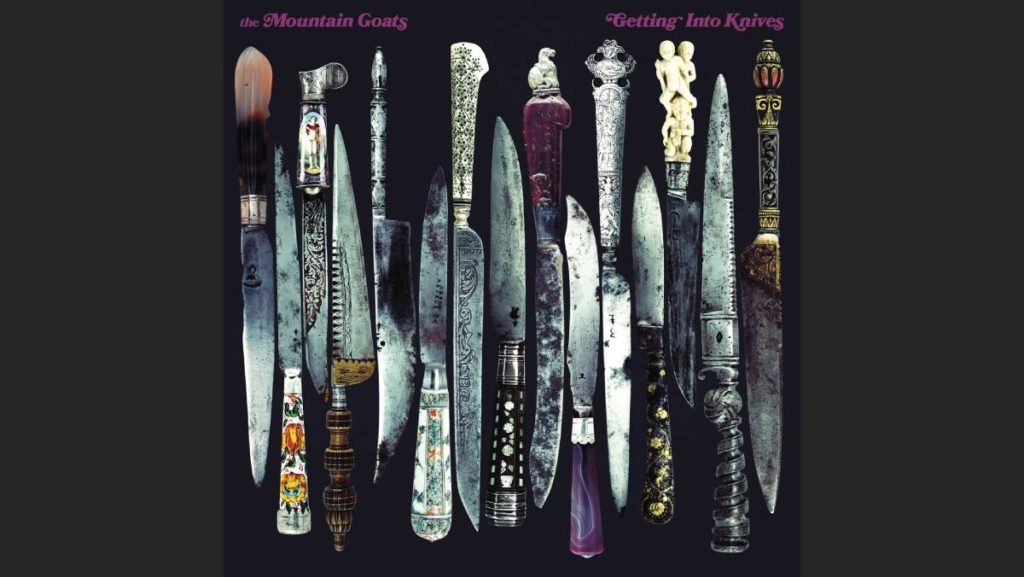Since its inception in the 1990s, The Mountain Goats have transitioned from lo-fi records produced at home to more polished production techniques. Even with the change over the decades, The Mountain Goats still epitomize folk-rock. This is seen with the band’s most recent album, “Getting into Knives.”
What will initially sound like just another folk album to many listeners instead has instrumentals and lyrics that portray deeper and thought-provoking ideas. The tracks include a slamming bass, upbeat keyboards, solemn lyrics and a twanging acoustic guitar. After listening to songs like “Corsican Mastiff Stride” and “As Many Candles As Possible,” listeners will be captivated.
The emotional range of the songs greatly varies. For example, the sluggish and quiet “Tidal Wave” is followed up by the much more passionate “Pez Dorado.”
“Tidal Wave” uses repetition to express the motif between the echoing of the line “Get used to this” and the consistent strumming of the melancholy acoustic guitar. The track shares vocalist John Darnielle’s feelings about his memories by comparing them to how waves crash against a beach. Just as the tide comes in, it always leaves. Likewise, memories once regarded as positive can fade or appear negative after too many years have been spent dwelling on them.
The name of “Pez Dorado” comes from a type of fish. The song uses fishing as a metaphor for taking life slowly and accepting that even though someone might be feeling weak, the key to a happy life is not rushing through life’s best moments. This song has a more traditional country feel to it in both message and sound.
Something about the story that Darnielle tells in “Bell Swamp Connection” speaks volumes. Drummer Jon Wurster’s simplistic percussion frames the narrative with its volume and slow tempo. “Bell Swamp Connection” is a song that focuses on reminiscing: “Somebody’s always just about to put some kind of awful plan in motion.” In this song, Darnielle describes how he feels as if there is something wrong with him, bringing the listener into his vulnerable thoughts.
Then, at the end of the album, the country–rock-styled, titular song “Getting Into Knives” coalesces to explain how the album got the name in the first place. When one considers the purpose of a knife, they often consider one of two options — that knives can harm or that knives can help. The song only uses three instruments to support its vocals: an acoustic guitar, a keyboard and some light drums. The steady and slow pace allows the listener to focus on the message and contemplate, just as Darnielle does.
A sorrowful piano backs a man talking about memories of growing up in simpler times. A strumming acoustic guitar depicts metaphors for being willing to give up on something, knowing that one can simply return and try again tomorrow. “Getting Into Knives” is above all else a series of stories that leaves one feeling retrospective.




















